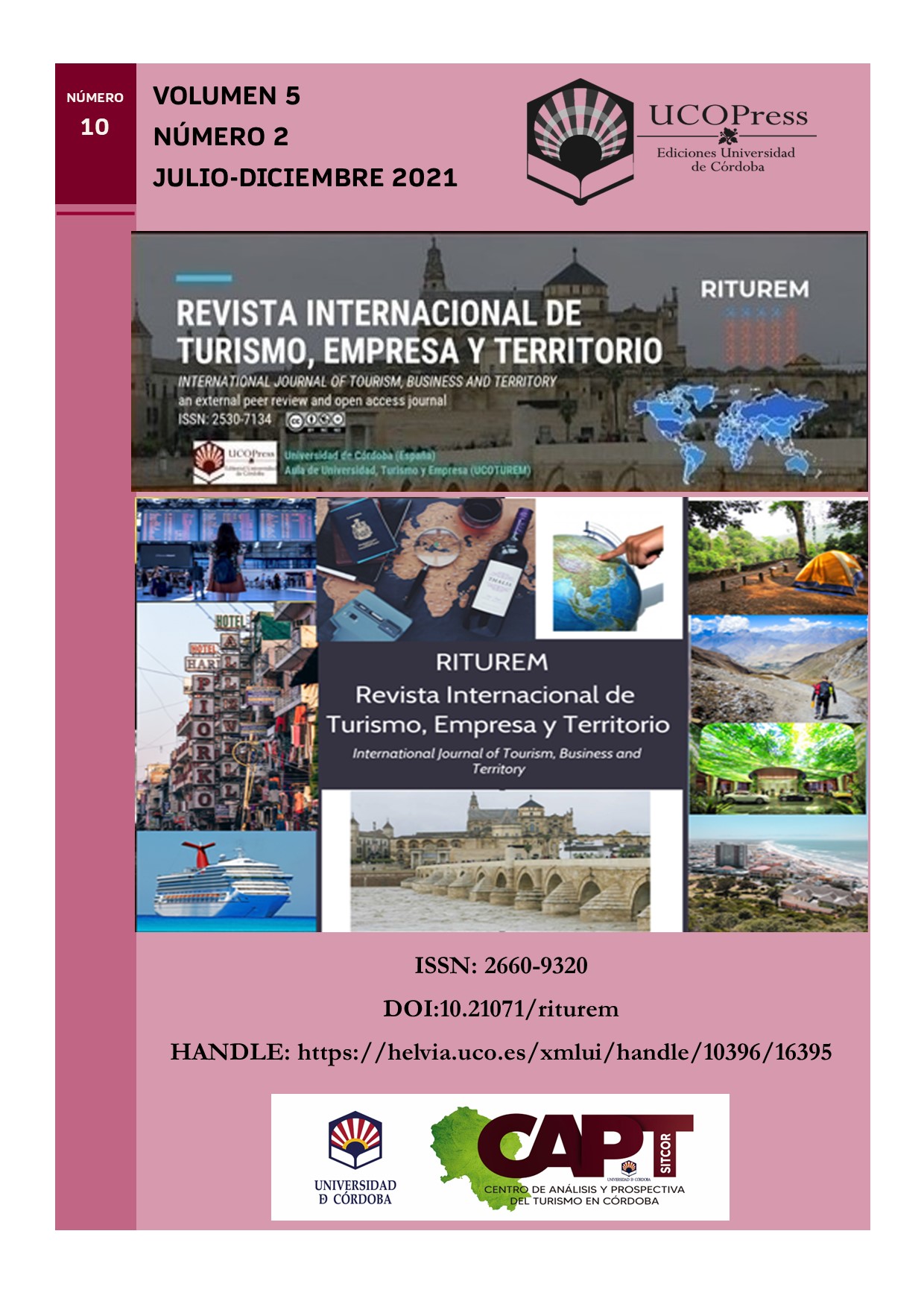Ethics in the management and conservation of cultural heritage: examples from Córdoba
Main Article Content
Abstract
The agenda of “Objetivos de Desarrollo Sostenible 2015-2030” triggered a reflection on the possibilities of tourism. It focused particularly on cultural or heritage tourism, given its economic potential for the regeneration of infrastructures and for the exchange and relationship between cultures. However, the problems arising from mass tourism have increased and worsened at the same rate as tourist mobility. Numerous specialists have highlighted that "massification" or "touristification" are not contributing to reduce inequalities, nor to ameliorate our relationship with nature. Regarding the management, conservation or dissemination of heritage, there are aspects -such as protection, custody, uses, authenticity, transparency, inclusion and social participation, political appropriation or despoilment, among others- that involve first-order moral questions. They affect (or should) the tourism management of Cultural Heritage and are affected by touristification. Considering that sustainability must safeguard the capacity of future generations to use and enjoy heritage, and that heritage management itself must tend towards territorial regeneration, the issues mentioned above require reflection from the field of applied ethics. Taking the management of Cordoba's cultural heritage as an empirical reality and case study, we will illustrate, through different examples, the need to provide it with an ethical framework for cultural tourism able to ensure sustainability beyond mere institutional declarations.
Keywords: touristification, Córdoba, cultural heritage, tourism management, sustainability.
Downloads
Article Details
Copyright Notices Proposed by Creative Commons
Proposed policy for journals offering deferred open access
Those authors who have publications with this journal, accept the following terms:
1. The authors will retain their copyright and guarantee to the journal the right of first publication of their work, which will be simultaneously subject to the Creative Commons Recognition License CC BY-NC 4.0 (Creative Commons — Attribution-NonCommercial 4.0 International — CC BY-NC 4.0 ) hird parties to share the work provided that its author and its first publication is indicated this journal and no commercial use is made.
2. Authors may adopt other non-exclusive licensing agreements for the distribution of the published version of the work (e.g., deposit it in an institutional telematics file or publish it in a monographic volume) provided that the initial publication is indicated in this journal.
3. Authors are allowed and recommended to disseminate their work over the Internet (e.g. in institutional telematics files or on their website) before and during the submission process, which can produce interesting exchanges and increase citations of the published work. (See The effect of open access: http://opcit.eprints.org/oacitation-biblio.html.
